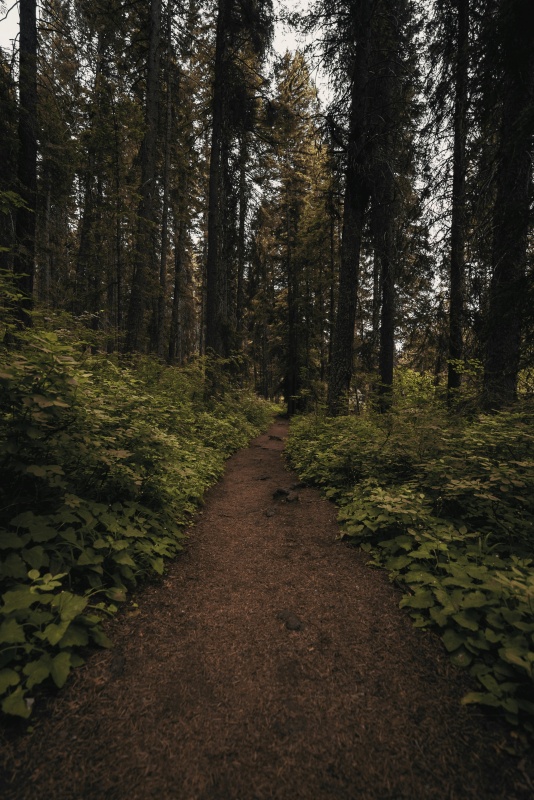Who Responds to Emergencies in the Wilderness? What is a SAR Team?

It was the Fourth of July weekend—always a busy one for us. A broken ankle on Tiger Mountain? A dehydrated hiker on the PCT? An allergic reaction on Little Si? All entirely possible. But so far, it had been quiet. Too quiet. So, the five of us trained. Again.
Katherine, one of our ER docs and a core member of our volunteer search and rescue team, was playing the patient during our practice drills at a popular North Bend trailhead. She’s sharp, confident, and always dialed in, which makes her the perfect training partner. Doug scanned our small on-call crew, squinting into the sun. I couldn’t tell if he was nodding in approval or just wiping sweat from his brow. Probably both.
“Let’s pack it up and head to the Pass for huckleberry shakes!” he called, his tone half-serious but entirely welcome.
It was 12:45 PM. I stowed the litter and vacuum splint in the rescue truck and started gathering our scattered gear. Just then, Wes shouted, “Hey, I think I hear a call coming in!”
Sure enough, the radios lit up, and our phones buzzed in unison. Our first SAR call of the day. A party of 3 adults and 3 teenagers were near Teneriffe Falls. One of their members was seriously hurt and they called 911 for help. It just so happened that our team was at that exact trailhead, at that moment the call came in. We had all signed up as a RAD team for the day - a highly trained team ready to move fast. The initial info is usually vague, like a game of telephone, but within minutes, the picture sharpens.
This one was serious: a hiker reportedly fell from a rocky ledge—maybe 50 feet.
Doug quickly radioed back to confirm our location—conveniently, exactly where we were standing—and got more detail. As he relayed the new intel, we unpacked all the gear we had just loaded into the truck.
I mentally shifted gears, EMT mode kicking in. A fall from that height? We’d better be ready for trauma.
At 12:55, we hit the trail at a fast, steady pace, each of us hauling essential gear. Elizabeth had one half of the litter, Wes carried the wheel, Katherine shouldered the vacuum splint, and I had the EMT kit and the other half of the litter.
If we’d forgotten something, the next wave would bring it. More team members were already en route. Multiple teams are usually sent in with additional equipment such as heating equipment if hypothermia is involved (which is almost always is, even in the summer), technical rigging equipment (if the terrain dictates it necessary), etc.
It takes many trained, professional volunteers to execute a rescue in the backcountry. As we hiked uphill and the sweat increased, as well as my heart rate, I thought about my team. All joking aside, we are a well-oiled machine, a strong team, and we serve a purpose. Everyone deserves help.
This was going to be a long afternoon, hopefully, with a positive outcome if we can help it. That huckleberry shake would have to wait.
What Is a SAR Team?
SAR stands for Search and Rescue. These teams operate across many states, including several dedicated groups here in Washington State—such as King County Search and Rescue, Jefferson County Search and Rescue, Seattle Mountain Rescue (a member of King County Search and Rescue), Snohomish County Search and Rescue, Spokane County Search and Rescue, Skagit County Search and Rescue, and Pierce County Search and Rescue Council.
SAR teams are non-profit, volunteer-run organizations that respond to wilderness and backcountry emergencies under the direction of local sheriff’s offices.
You can help. Donations support the gear, training, and readiness needed to save lives—maybe even yours or someone you care about. Click a link above to donate, or better yet, consider volunteering your time and skills.
Even more incredible? If you ever need a SAR team in the wilderness, the rescue is free.
What Is a RAD Team?
RAD stands for Rapid Alpine Deployment—a specialized 5-person unit within King County Search & Rescue (KCSAR). This team focuses on fast response to emergencies in the rugged terrain along the I-90 corridor, one of the busiest outdoor recreation areas in the state.
On weekends and holidays, RAD teams are on standby, visiting trailheads to:
- Engage with hikers and provide safety tips
- Practice technical rescue techniques
- Stay ready to deploy at a moment’s notice
Like all SAR teams, RAD is 100% volunteer-run, powered by dedicated individuals committed to public safety in the backcountry.
Can I Call a SAR Team for a Backcountry Emergency?
Yes—but not directly.
If you have cell service, call 911. For backcountry emergencies, the dispatcher will assess the situation and alert the county sheriff, who will activate the appropriate SAR team.
If you're out of cell range, activate your Personal Locator Beacon or trigger an SOS using a Garmin Handheld, Garmin watch, or other satellite-enabled device.
We hope you never need to utilize our State's SAR teams - stay safe out there! But if you're looking to be better prepared, we've got you covered. Got a free weekend? Take a Wilderness First Aid class. Want to go deeper? Enroll in our Wilderness First Responder course.
Published
